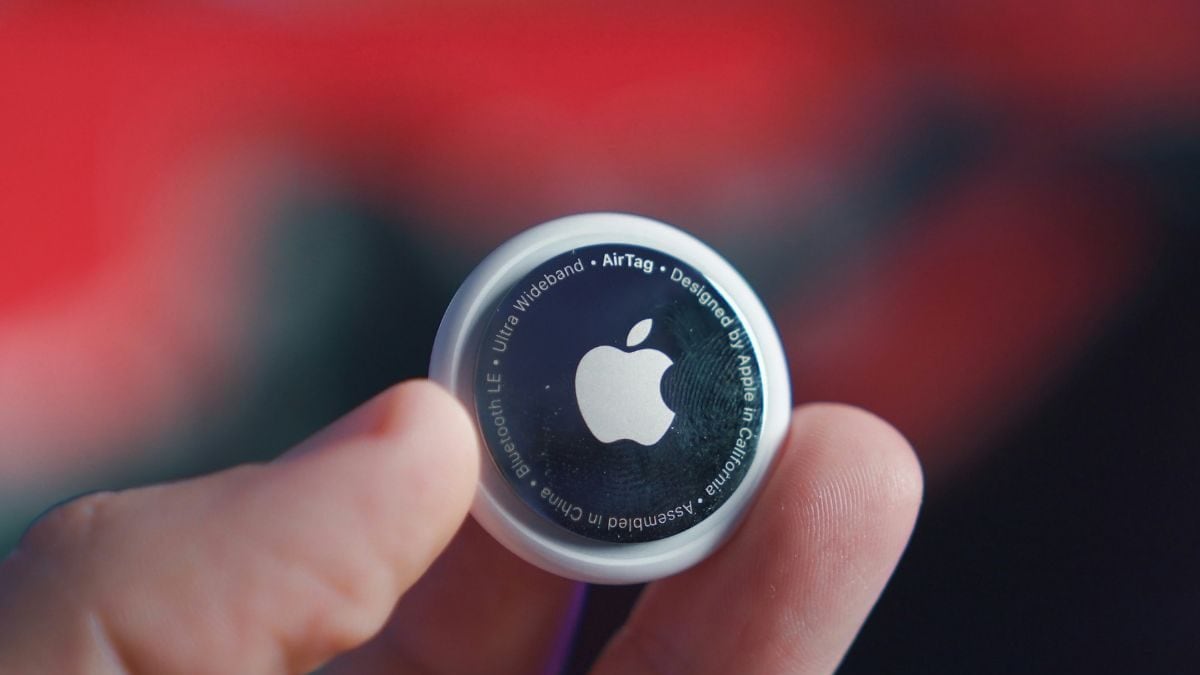custom pcb be used in flexible displays
In recent years, flexible display technology has emerged as a groundbreaking innovation, offering new possibilities in device design, portability, and user experience. From curved smartphones to rollable tablets, flexible displays have revolutionized the way we interact with electronic devices. At the heart of these cutting-edge displays lies custom PCBs (Printed Circuit Boards), which play a crucial role in enabling the flexibility, functionality, and reliability of these futuristic devices.
Flexible displays require a unique set of design considerations compared to traditional rigid displays. Custom PCBs designed for flexible displays must be able to withstand repeated bending and flexing without compromising electrical performance or structural integrity. This necessitates the use of flexible substrates such as polyimide (PI) or transparent conductive materials like indium tin oxide (ITO), which can bend and flex without breaking or degrading over time.
One of the key advantages of custom pcb in flexible displays is their ability to conform to complex shapes and contours. Unlike rigid PCBs, which are limited to flat, planar designs, custom PCBs for flexible displays can be manufactured in various shapes and sizes to fit the curvature of the display panel. This flexibility opens up new possibilities for device designers, allowing them to create innovative form factors and ergonomic designs that were previously unattainable with rigid displays.

Can custom pcb be used in flexible displays?
In addition to their flexibility, custom PCBs for flexible displays must also meet stringent requirements for electrical performance and signal integrity. High-speed data transmission, low power consumption, and compatibility with touch and gesture sensing technologies are just a few of the considerations that must be taken into account in the design of custom PCBs for flexible displays. Advanced design techniques, such as impedance matching, signal routing optimization, and shielding against electromagnetic interference (EMI), are essential to ensure reliable performance in these demanding applications.
Another crucial aspect of custom PCBs in flexible displays is their durability and reliability. Flexible displays are subjected to constant mechanical stress and environmental factors such as temperature fluctuations, humidity, and moisture exposure. Custom PCBs must be designed and manufactured to withstand these harsh conditions while maintaining consistent electrical performance and functionality. This often involves the use of specialized materials, coatings, and encapsulation techniques to protect the PCB from damage and ensure long-term reliability.
The integration of custom PCBs with other components of the flexible display assembly is also a critical consideration. Flexible displays typically consist of multiple layers, including the display panel itself, flexible PCBs, touch sensors, and driver ICs. Custom PCBs serve as the interface between these components, facilitating communication, power distribution, and control signals while minimizing the overall thickness and weight of the display assembly.
Custom PCBs are also essential for enabling advanced features and functionalities in flexible displays. For example, custom PCBs can incorporate sensors for detecting touch, pressure, or motion, enabling interactive and immersive user experiences. They can also integrate power management circuits, backlighting systems, and connectivity modules for wireless communication, expanding the capabilities of flexible displays beyond simple visual output.
In conclusion, custom PCBs play a pivotal role in the development and adoption of flexible display technology, enabling manufacturers to create innovative, versatile, and robust displays for a wide range of applications. By leveraging advanced materials, design techniques, and manufacturing processes, custom PCBs can meet the unique challenges of flexible displays while unlocking new possibilities for device design, user interaction, and form factor innovation. As flexible displays continue to evolve and become increasingly prevalent in consumer electronics, custom PCBs will remain indispensable components in their development and integration.



